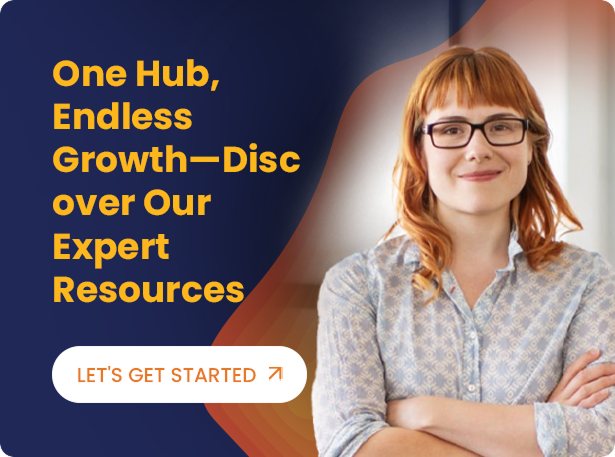When it’s time to let the world know what you’ve been working on, there are no end of strategies to consider for success. However, no matter what your product is, there are certain universal truths that you can apply to your SaaS marketing campaign, regardless of channel or audience.
Align Your Teams
Despite what you may think, marketing doesn’t begin when the product is ready to be launched. Indeed, the marketing team should be involved during development, to gain a strong understanding of what exactly the product does, to whom it’s targeted and some of the main pain points it addresses. Early marketing involvement also allows product stakeholders to see the way marketing is planning its approach, and forestall any perceived dead ends before they’re committed. This saves precious strategic time and bonds the product and marketing teams to form a stronger unit, which benefits the entire company in the long run.
Tell the Story
Remember that marketing is, at its core, simply storytelling. People respond to a good story. Conversely, people are turned off when they know they’re just being marketed to. So think deeply about your product’s story; it’s more than just its features. Is its history important? Are the people involved interesting? What adversity or hardships has this product undergone during development? Allow for the inclusion of personal details from the team that might personalize your product. When we buy items from a physical store or online, it’s easy to forget that these objects or services haven’t just sprung up from nowhere. People have likely worked hard to bring them to market, and it’s these stories to which people connect, and go a long way toward enticing people to buy.
Tailor Your Messaging
Throughout your product’s campaign, there are documented stages through which your customers travel as they take their buyer’s journey. It’s important to remain connected to these customers through messaging specific to each stage. Know the points of the funnel and write content that applies to each point; this messaging should make the customer feel that they’ve made the right decision to continue through each point. Be helpful when a customer might feel confused by the process; be excited when describing the values of your product; be confident when addressing any concerns. In this way you show the customer that you’re not just their supplier, you’re their partner, and their loyalty to your company will grow.
Analyze Data for Insights
Your campaign will yield a host of valuable information about your customers. This data, when retained and analyzed, can help you streamline the campaign process for future endeavors. Elements such as customer drop-off, engagement, time spent in each stage of the funnel, etc., will all help you plan the strategy for your next product launch. It’s important to dedicate a team to this data analysis, with tried-and-true processes for investigation and dissection, rather than simply delegating the job to a single employee working in an unrelated department. Treat campaign data as valuable as every other part of your company.
Advanced Tip: Gamify When Possible
Gamification is a buzzword that many companies pretend to understand and fewer still are able to successfully implement it. In essence, gamification is a way to add value to customer interactions that make the process more engaging and ‘sticky’. One way to gamify your contact webpage, for example, might be to present a quiz to the customer and offer some incentive for winning. This kind of offering is more fun for the customer and engages them beyond the simple filling out of online forms. Carried over into further interactions in the funnel, gamification can induce the customer to share their experience with friends and family, which generates positive word of mouth for your company. In addition, the more time spent on your site, the more likely that the customer will choose to visit your site in the future.
Remember that your responsibility to the customer doesn’t end with the completion of the campaign. Rather, your first campaign is merely the start of a potentially long-lasting and lucrative relationship together that will benefit everyone.






